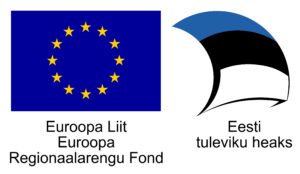Digitisation of cultural heritage
The state-run memory institutions have a total of more than 900 million heritage objects of significance for Estonian culture. To date, only about a tenth of them have been digitised. Digitisation is one of the best and, in some cases, the only way to ensure that the heritage is preserved in the most appropriate manner and made available to as many people as possible.
The Ministry of Culture prepared an action plan for the digitisation of cultural heritage in 2018–2023 (see also the relevant document in Estonian). The objective of the action plan is to make one third of the cultural heritage stored in our memory institutions digitally accessible by 2023 and to upgrade the infrastructure for storing information in the memory institutions.
The action plan largely focuses on the heritage from 1900 to 1940. Documents, publications, photographs, films and objects are being digitised. The objective is to make key choices in terms of cultural heritage, and not to digitise the entire cultural heritage.
The objective of the action plan is to make the following digitally accessible by 2023: 3% of the documentary heritage, 32% of artefacts; 60% of both film and photographic heritage and 28% of printed heritage; i.e. about 33% of our entire cultural heritage.
The total cost of the project is €9.02 million, of which €8.19 million will come from the planned European Union structural fund investments.
According to the action plan, the National Archives is coordinating digitisation of documentary, film and photographic heritage.
The action plan was prepared in cooperation with the Ministry of Culture, the Ministry of Economic Affairs and Communications, and the Ministry of Education and Research.
